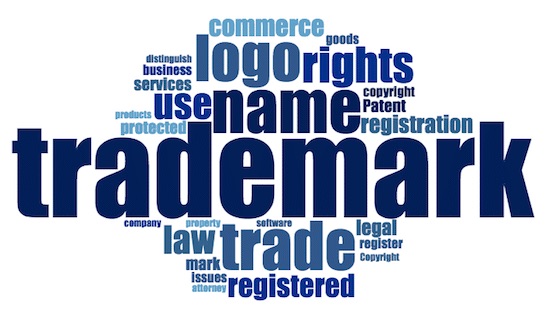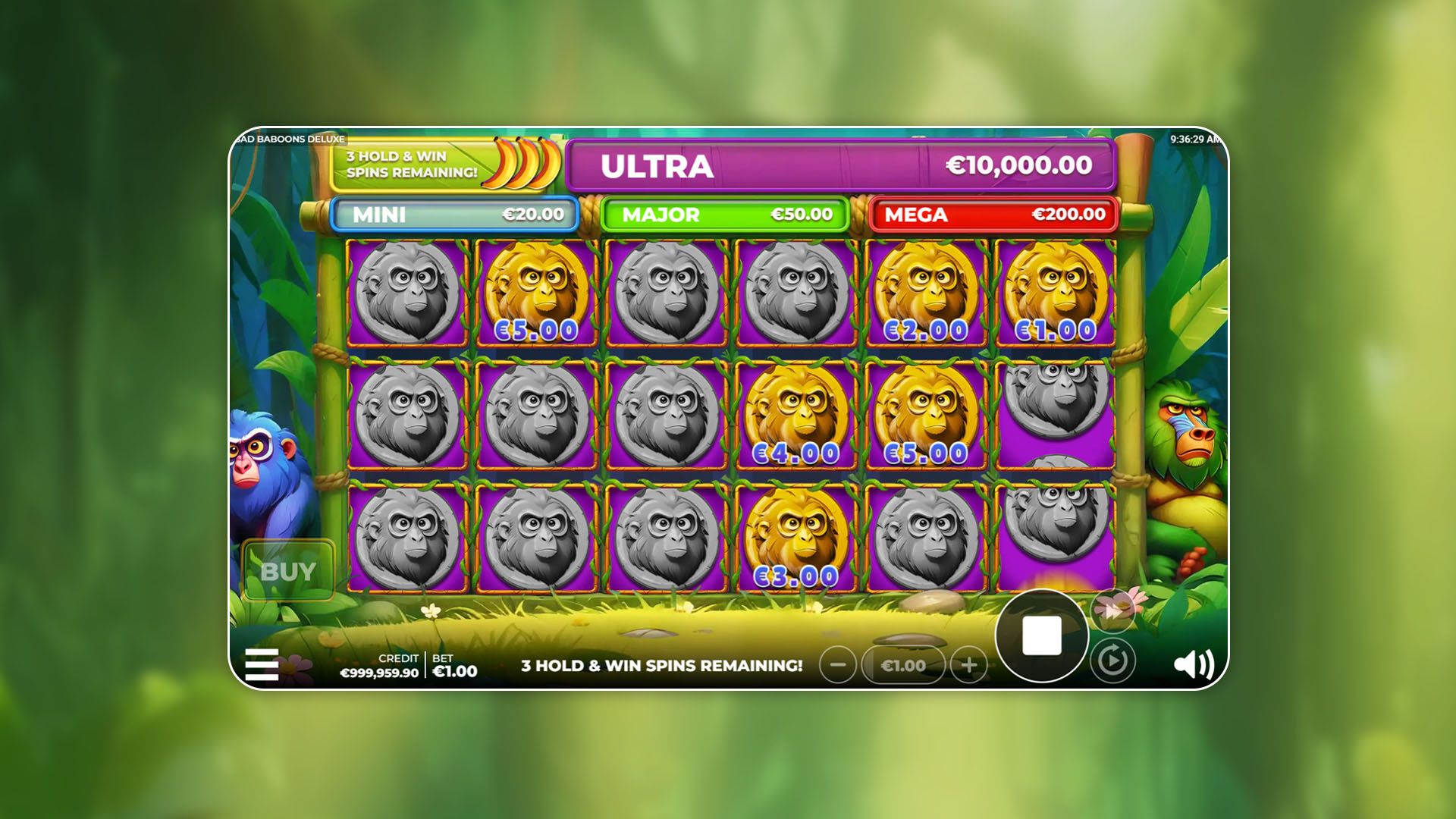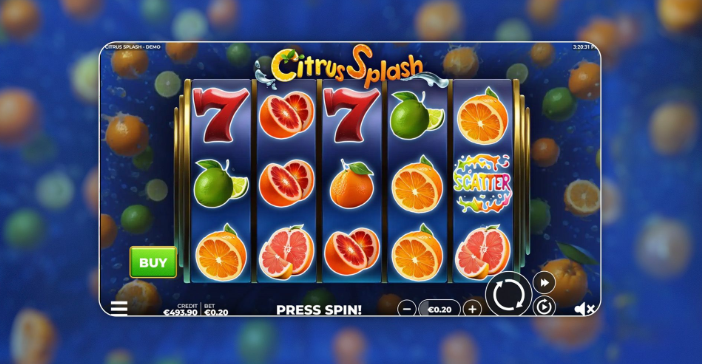If you are in need of information regarding the fundamentals of Trademark and Copyright, you have come to the right location. This article will provide you with comprehensive details on the basics of Trademark and Copyright, as well as guidance on safeguarding your business’s brand and content.
What is a Trademark?
In simpler words, a trademark acts as a special badge that distinguishes a product or service, ensuring legal protection for its unique sign, name, phrase, design, or a combination of these elements. This badge informs consumers about the origin of the goods or services.
The primary objective of a trademark is to prevent customer confusion and safeguard the reputation and identity of the associated business. Upon official registration, the trademark owner obtains sole rights to utilize the mark exclusively for designated products or services within a specific geographical area.
There are two main types of trademarks:
Registered trademarks: These are trademarks that were officially recorded with a government trademark office. Having a registered trademark gives the owner protection across the entire country against any unauthorized use.
Unregistered trademarks: These trademarks aren’t officially registered with a government trademark office. While unregistered trademarks might still get some protection under common law, the extent of their safeguarding is more restricted.
What are the limitations of a Trademark?
Trademark protection is subject to certain limitations, such as being unavailable for common or overly descriptive words. Additionally, this protection is limited to specific geographical locations, and failure to utilize the trademark can result in its loss. Limitations also extend to similar names, practical features, and fair use. Therefore, businesses must exercise caution and handle these aspects carefully to effectively manage their trademarks.
What is a Copyright?
Copyright is a legal concept that grants exclusive privileges to individuals who produce original works such as books, paintings, music, and other forms of creative expression. These privileges are bestowed to safeguard artists’ creations and foster the advancement of innovation. It is important to note that copyright safeguards the tangible manifestation of ideas, rather than the ideas themselves.
Important things about copyright:
Original Works: Copyright safeguards creations like books, art, and music, giving creators exclusive rights. It ensures protection for their original works and encourages the development of diverse creative expressions.
Exclusive Rights: The copyright holder has exclusive rights to their creation, allowing actions such as copying, sharing, performing, and creating new versions. These rights protect and control the use of the work.
Automatic Protection: Copyright typically begins automatically upon creation. While registration isn’t always necessary, doing so can provide additional legal advantages, offering creators extra benefits in protecting and managing their work.
Limited Duration: Copyright has a limited duration. It varies by location, generally lasting for the creator’s life plus a specific number of years. After this period, the work enters the public domain.
What are the limitations of Copyright?
Copyright is not always absolute. In certain circumstances, such as criticism, news reporting, and teaching, there are exceptions like fair use that allow individuals to utilize copyrighted material without seeking permission from the copyright owner.
Conclusion
If you have any questions regarding Trademark and Copyright, feel free to comment below and we’ll respond promptly, ensuring you have all the necessary information.
Trademark And Copyright Basics For Your Business – Primes World












